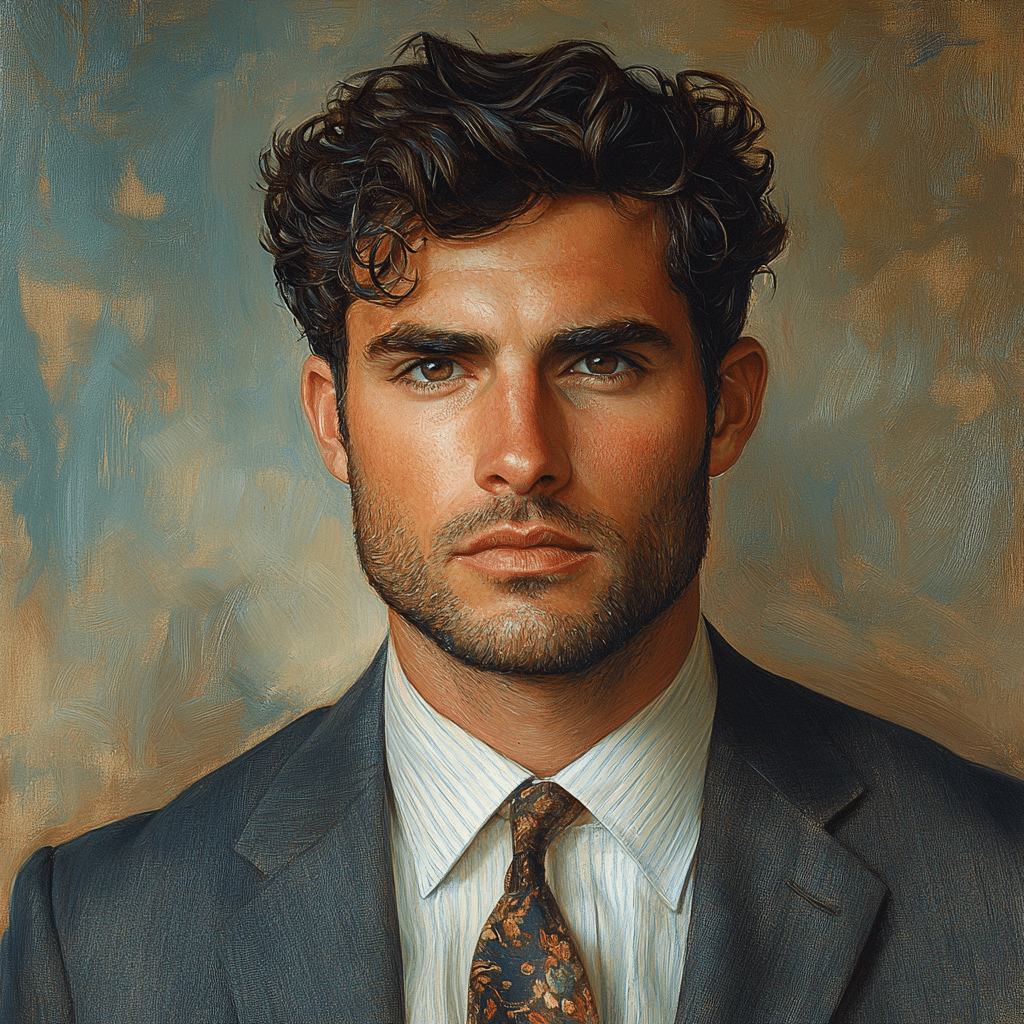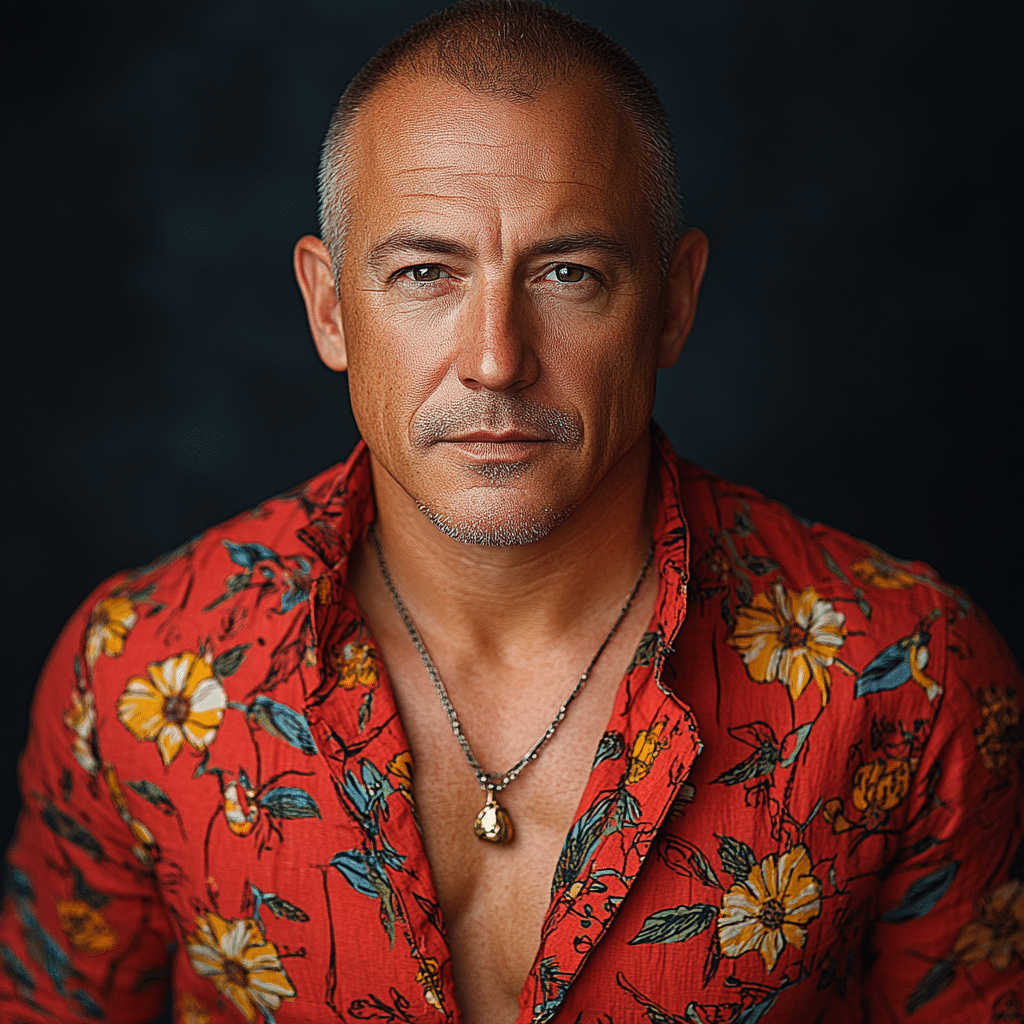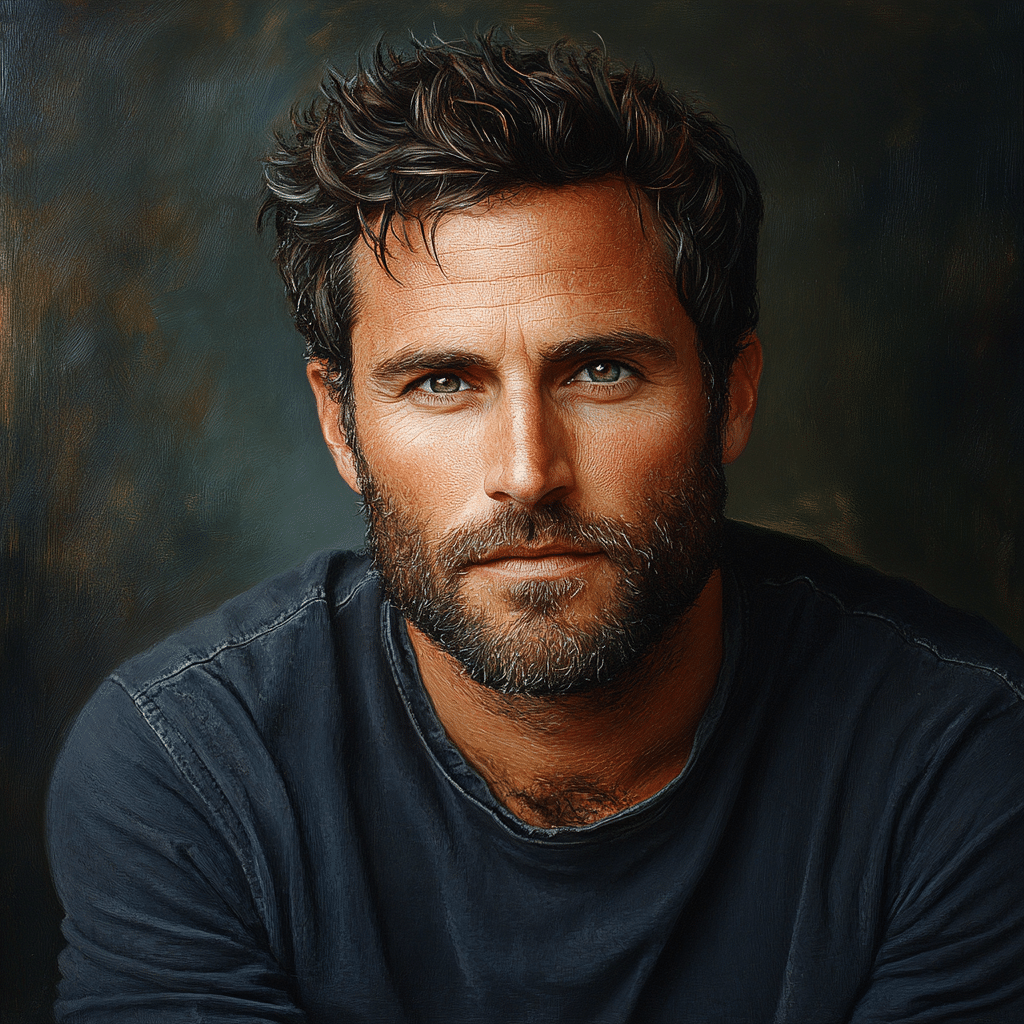In the early 1990s, the infamous murders of José and Mary Menendez sent shockwaves through America, captivating the media and public alike. You might remember the sensational headlines plastered across tabloids—or maybe you’ve binge-watched the documentaries dissecting the case. Central to the trial’s drama was the Menendez brothers lawyer, Leslie Abramson. Her approach went beyond legalities, reshaping discussions around familial abuse and mental health, ultimately influencing how society perceives these sensitive topics today.
The Menendez brothers fit the classic “wealthy family with dark secrets” trope, but it was Abramson’s cunning strategies that really turned the tide. She wasn’t just defending two young men accused of a horrible crime; she was challenging society to reconsider its stance on parental abuse. Let’s dive into the evolution of this notorious case and the strategies Abramson employed—because trust me, it’s quite the ride!
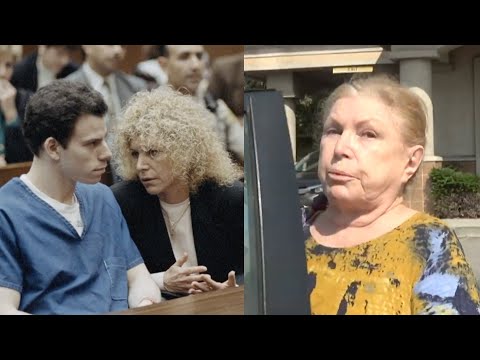
The Evolution of the Menendez Brothers Case
The Menendez brothers, Lyle and Erik, became household names after being charged with the murders of their parents in 1989. From the get-go, the case was surrounded by controversy and bizarre narratives. The opulence of the Menendez family’s lifestyle clashed spectacularly with the horrific nature of their crimes, creating a media frenzy that drew in millions of viewers. The prosecution presented the brothers as cold-blooded killers who simply wanted their inheritance, worth an estimated $14 million. However, Abramson saw something different: the deeper story of abuse and psychological trauma.
Abramson’s strategy was centered on drawing attention to longstanding family problems, painting the brothers as victims of neglect. She introduced complex elements such as familial loyalty and unconditional love intertwined with severe toxicity. This tactic shifted public perception, making people wonder if the brothers acted out of sheer anger or deep-rooted desperation for freedom. The trial became a battleground for contrasting narratives, and Abramson was eager to exploit that turf.
As the case progressed, the public conversation about what constitutes abuse deepened. The Menendez brothers’ story sparked more than just sensational headlines; it instigated a national dialogue about parental relationships and the psychological fallout from abuse. By the time the dust settled, the Menendez case was positioned right at the intersection of crime, abuse, and mental health—thanks to the relentless efforts of their devoted lawyer, Leslie Abramson.
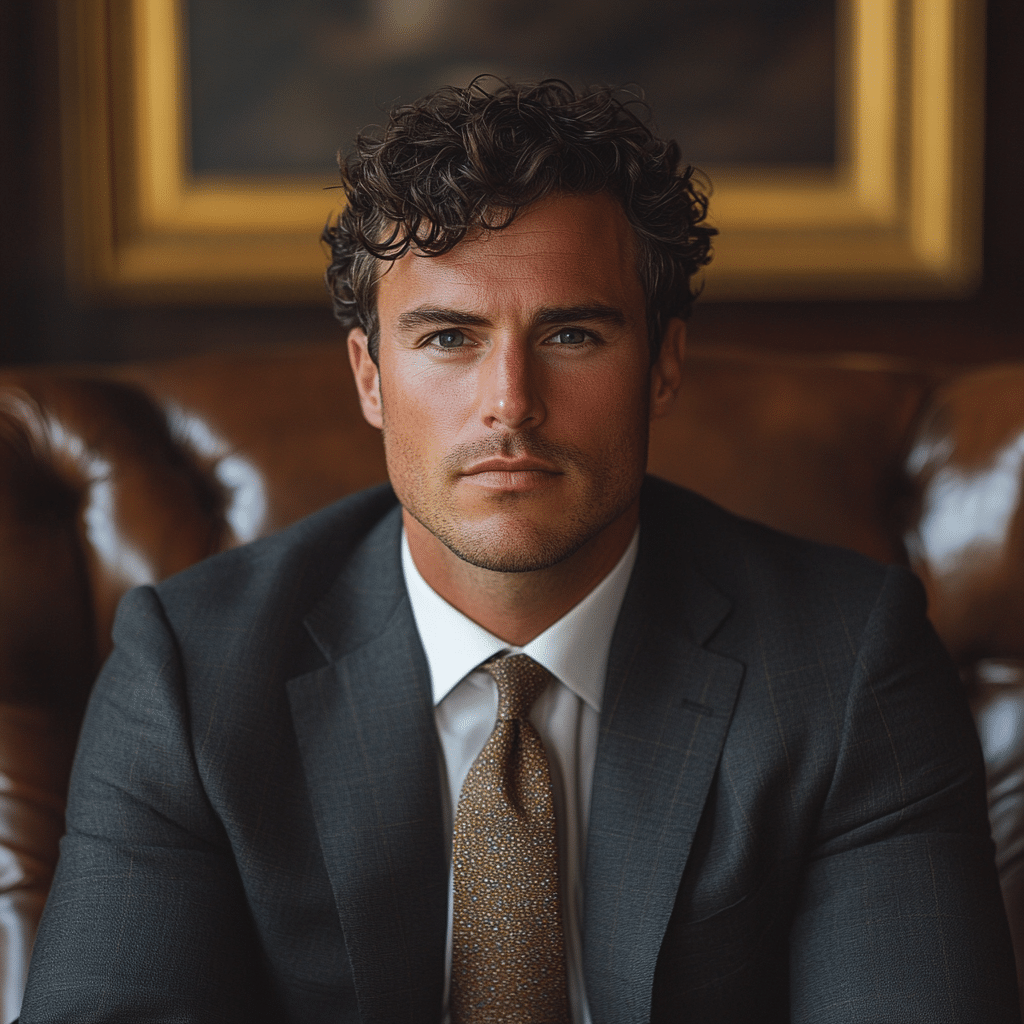
Top 5 Strategies Employed by the Menendez Brothers Lawyer
Let’s switch gears and take a closer look at five game-changing strategies that the Menendez brothers lawyer, Leslie Abramson, employed. Buckle up; it’s a wild ride!
Every single one of these tactics came together to create a defense that was not just about innocent or guilty, but about understanding the messy world of family trauma.
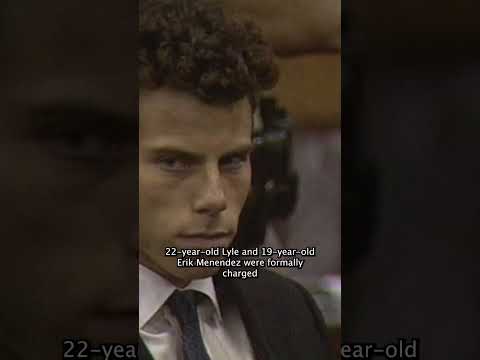
Examining the Financial Facets: Menendez Brothers Net Worth
When discussing the Menendez brothers’ net worth, the context becomes vital. With their father’s career in the entertainment industry, the brothers found themselves in a unique position, living a life of privilege that starkly contrasted with their traumatic upbringing. With an estimated net worth of $14 million, their wealth complicated the public’s interpretation of their actions, positioning them not as typical “criminals,” but as individuals shaped by deep emotional scars.
The media played a crucial role in highlighting their lavish lifestyle, drawing public scrutiny. Imagine the headlines: “Rich Kids Turn Killers!” This was not your average crime story. The stark juxtaposition of their fancy cars and designer clothes against their shocking actions created a soap opera-like atmosphere around the case, making it even juicier for news outlets.
Their wealth meant that the brothers had access to top-tier legal representation—hello, Leslie Abramson! It also fostered a perception that they were simply spoiled kids not knowing how to deal with the consequences of their lavish upbringing. But Abramson pushed back against this narrative, challenging viewers to look beyond the wealth and understand the psychological implications behind the murders.
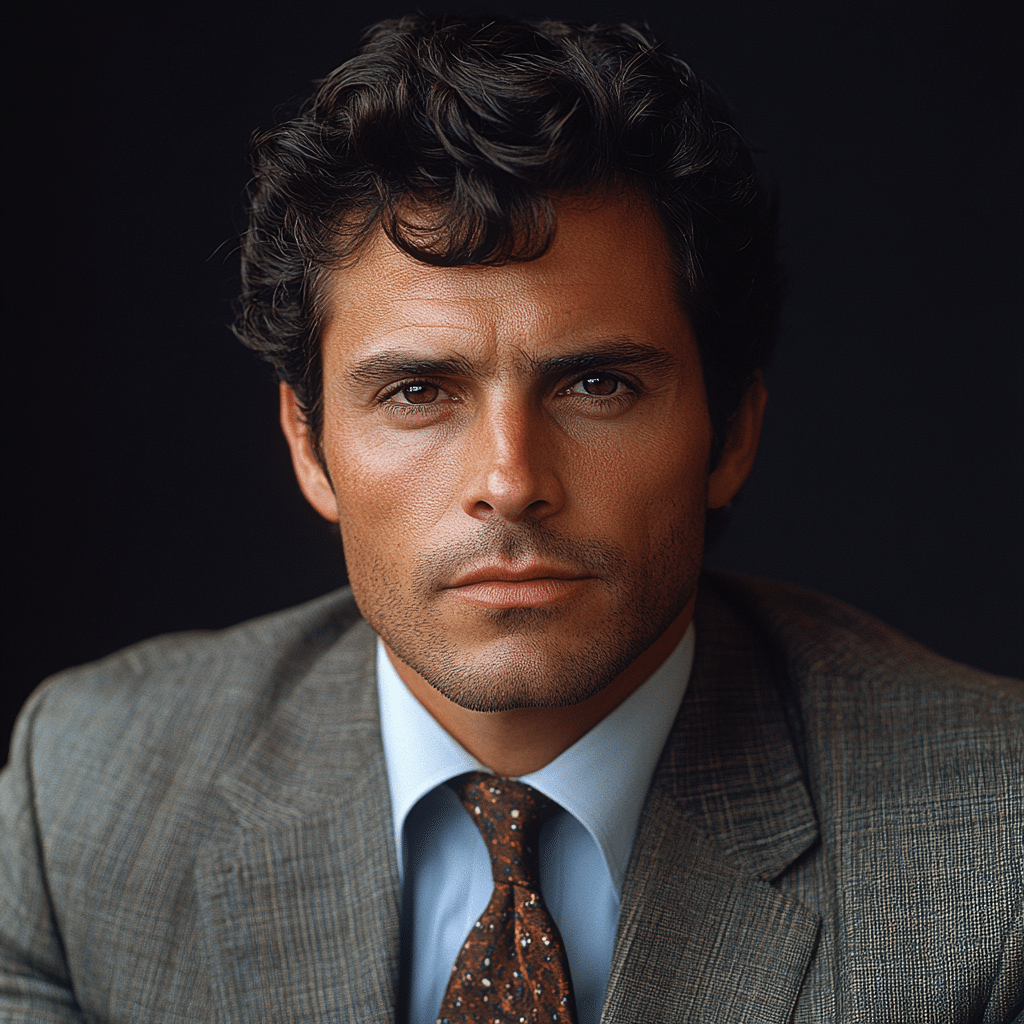
The Legacy of José Menendez: Unpacking José Menendez Net Worth
Speaking of wealth, let’s talk about José Menendez’s net worth. Estimated at around $14 million at the time of his murder, his financial status loomed large over the case. Abramson cleverly highlighted how this wealth created unrealistic expectations for the brothers, illustrating how they felt trapped and controlled by their parents’ money.
The comfortable lifestyle filled with lavish parties and extravagant vacations came with strings attached. The pressure to uphold family honor and meet parental expectations likely contributed to the brothers’ mental strain. She made sure the jury understood that wealth can represent not just privilege but also pressure—a pressure that can lead to dire consequences.
By spotlighting José Menendez’s net worth, Abramson indirectly critiqued a societal ethos that often equates success with happiness. Their case raised existential questions about familial loyalty, suggesting that sometimes love can be twisted in dangerously unhealthy ways.
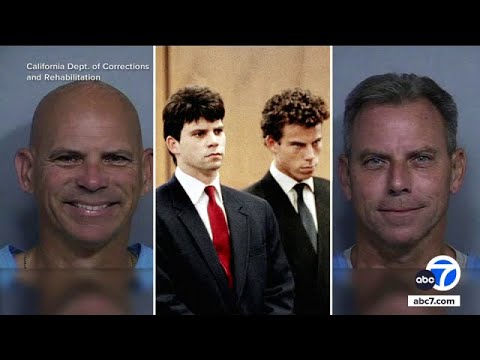
Cultural Impact: Changing Perspectives on Parental Abuse
The case wasn’t just a courtroom spectacle; it served as a cultural touchstone. The Menendez brothers’ situation sparked conversations around parental abuse that reverberated through not only legal circles but also societal conversations about mental health and family dynamics.
Post-trial, the public started to pay attention to the psychological ramifications of familial relationships, often overlooked in discussions about crime. This shift in dialogue allowed for more sensitive cases to be approached with a better understanding of psychological trauma—the type that had been on full display during the Menendez trial.
Abramson’s groundbreaking strategies have thus influenced generations of legal practices and community discussions, encouraging a softer lens through which similar cases are now assessed. The legal system and public perceptions have evolved, making way for a more nuanced view of family issues and mental health.
Envisioning the Future of Defense Strategies
The story behind the Menendez brothers’ defense is proof that legal cases can be transformative beyond the courtroom. As societal understanding of mental health and abuse continues to grow, legal defense strategies will likely become more sophisticated, sensitive, and deeply rooted in psychological insights.
Leslie Abramson’s approach set a new standard for how attorneys might navigate cases that intertwine issues of mental health, wealth, and family. These conversations surrounding trauma, wealth’s influence, and the complexities of familial relationships are not going away anytime soon. Future cases will undoubtedly look back at the Menendez brothers’ situation as a turning point in this ongoing dialogue.
The Menendez brothers lawyer hasn’t just become a part of legal folklore; she symbolized a shift in how we understand trauma and abuse, sending ripples throughout society that remind us—behind every headline, there’s a human story waiting to be told. So, as we move forward, let’s keep asking the right questions, seeking empathy, and challenging preconceived notions about family, wealth, and the painful stories that sometimes lie hidden behind closed doors.
The Menendez Brothers Lawyer: A Deep Dive into the Defense
When you hear about high-profile criminal cases, you can’t help but wonder about the legal minds behind them. The menendez brothers lawyer, Leslie Abramson, emerged as a pivotal figure during one of the most talked-about trials in the U.S. She didn’t just represent the infamous siblings; she also turned courtroom strategies into a form of storytelling that gripped the nation. Fun fact: Abramson’s approach was influenced by previous landmark cases, just like how “The Graduate” cast left a mark on cinema with its unique narrative style.
Crafting a Defense
Abramson’s background in psychology played an essential role in how she framed the defense. She argued that the brothers were victims of years of abuse, paving a way to the emotional side of the legal tussle. Coincidentally, this emotional appeals evoke themes seen in many cinematic dramas, akin to how Djimon Hounsou’s movies often delve into deep human experiences. Did you know that she also faced criticism for her unconventional methods? Not unlike Kira Jojo, who captured audiences with her daring performances, Abramson danced on the fine line of sensationalism and genuine advocacy, aiming to sway public opinion along with the jury.
The Tension in the Courtroom
Navigating the intense atmosphere of the courtroom required more than legal acuity; it demanded a flair for drama. The menendez brothers lawyer exhibited remarkable composure, while the case itself unfolded like a gripping thriller. Interestingly, this scenario shares similarities with the cast of “Daredevil” in how characters confront their past traumas. Just as Jep Robertson has become a recognizable figure in American pop culture, Abramson etched her name into legal history with her bold tactics.
This case wasn’t just a legal battle; it sparked a cultural conversation, much like how the gaming community found its heart in Thinknoodles. Each moment in the courtroom was pivotal, showcasing how personal stories resonated on a national scale. In essence, the defenders in this case weren’t simply lawyers; they were storytellers, unraveling layers of complexity that defined the brothers’ actions. So, when you think about high-stakes legal drama, remember the menendez brothers lawyer and the fascinating intricacies of their defense strategy—it’s a story that intertwines law, psychology, and the very fabric of the human experience.
